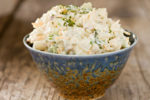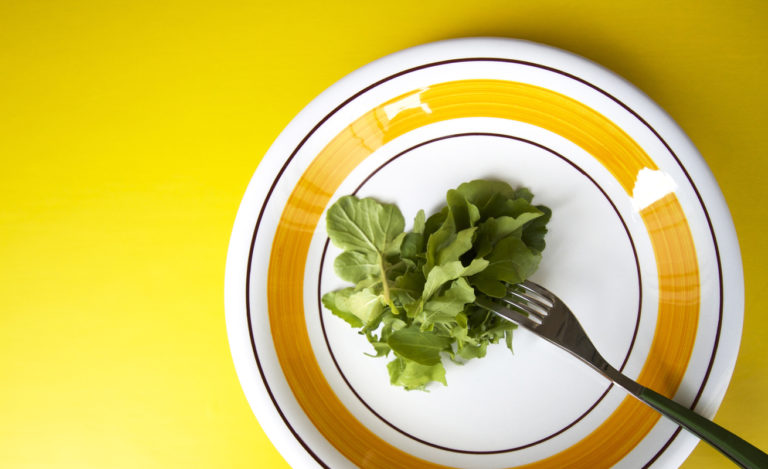
Spring is just around and the corner, making March the perfect time of year to refocus on eating right, getting healthy, and chasing away those winter blues. We know how hard it can be to balance work with all the demands of your life and still stay focused on your nutrition, but eating healthier foods doesn’t have to be a chore. Throughout the month, we’ll be sharing tips with you to make it easier to stay excited and engaged, and help get you on track to a better you and a better life.
Food, Nutrition and Health Tips from the Academy of Nutrition and Dietetics:
Plan what you’re going to eat
Before you head for the grocery store, plan your meals and snacks for the week. Review recipes for what ingredients are needed. Check to see what foods you already have and make a list of what you need to buy. If you are having trouble coming up with ideas, try checking what’s on sale in the produce and meat departments and look up recipes that feature those ingredients.

When you shop with a list, you will be less likely to buy extra items that are not on it.
Decide how much to make
Making a large batch by doubling a recipe is an easy way to save time in the kitchen and try to stretch your budget even further. Extra portions can be used for lunches or meals later in the week, or freeze leftovers in individual containers for future use on nights when you don’t have time to cook. Plus buying larger quantities of each ingredient can help you save money by taking advantage of cheaper bulk prices.
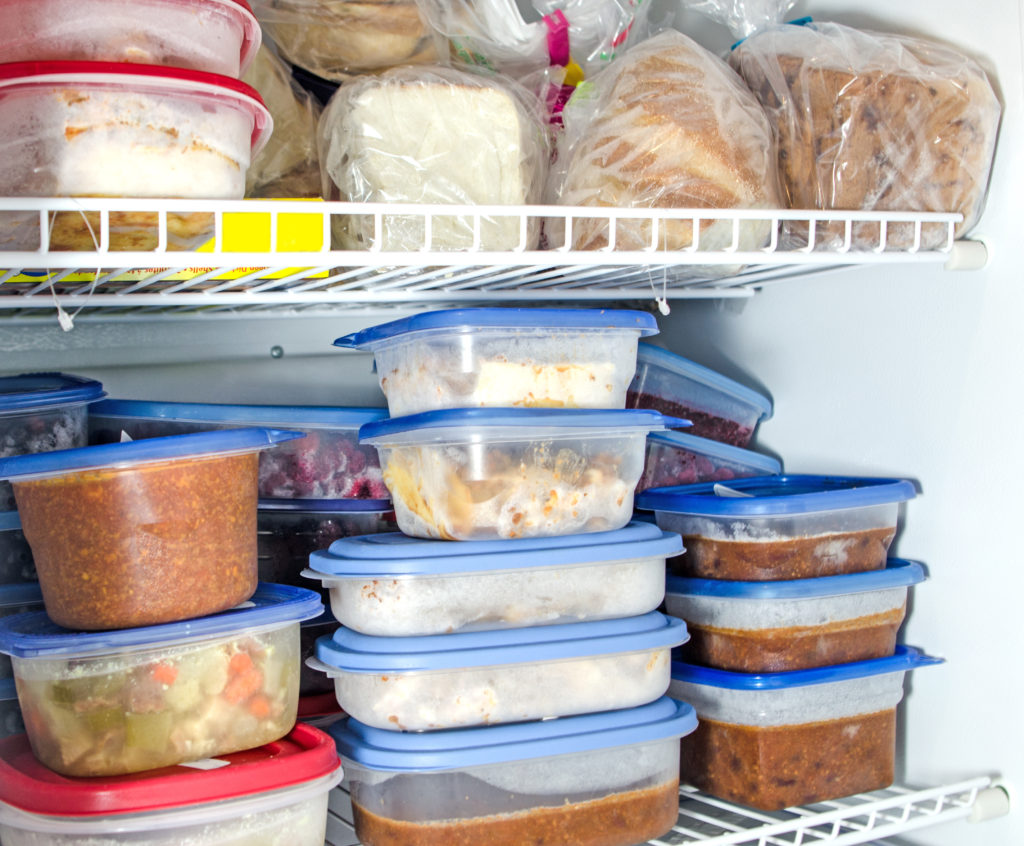
Shop for foods that are in season
Fresh fruits and vegetables that are in season are usually easier to get and may be a lot less expensive. Just remember that some fresh fruits and vegetables don’t last long. Buy small amounts at a time to avoid having to throw away spoiled produce.

Try canned or frozen produce
At certain times of the year, frozen and canned fruits and vegetables may be less expensive than fresh. For canned items, choose fruit canned in 100% fruit juice and vegetables with “low sodium” or “no salt added” on the label.
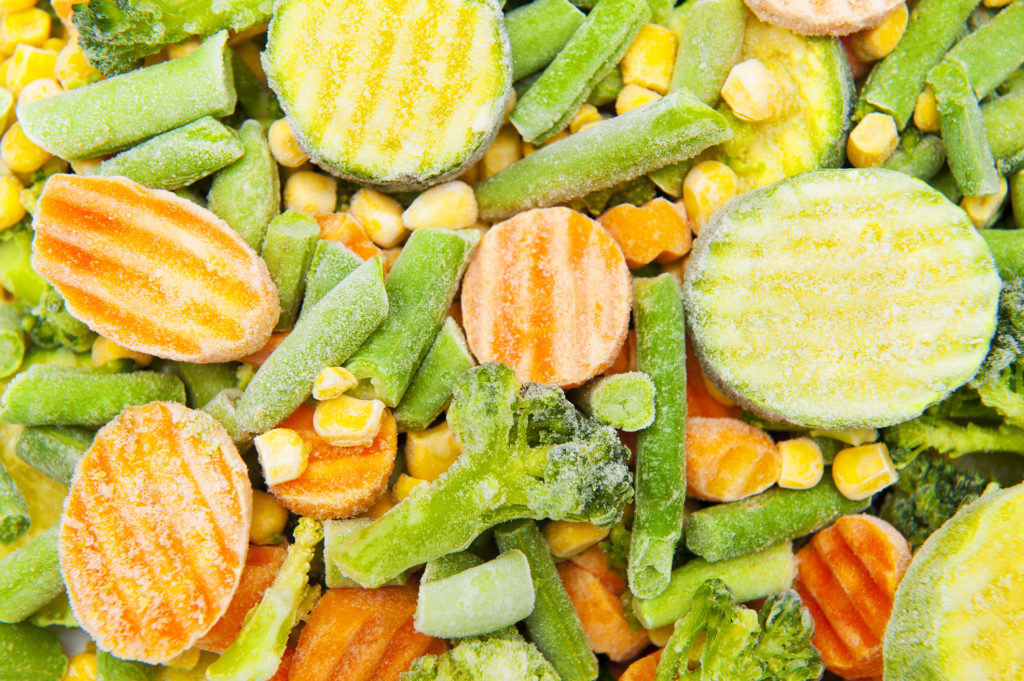
Focus on nutritious, low-cost foods
Certain foods tend to be less expensive, so you can make the most of your food dollars by finding recipes that use the following ingredients: beans, peas, and lentils; sweet or white potatoes; eggs; peanut butter; canned salmon, tuna or crabmeat; grains such as oats, brown rice, barley or quinoa; and frozen or canned fruits and vegetables.
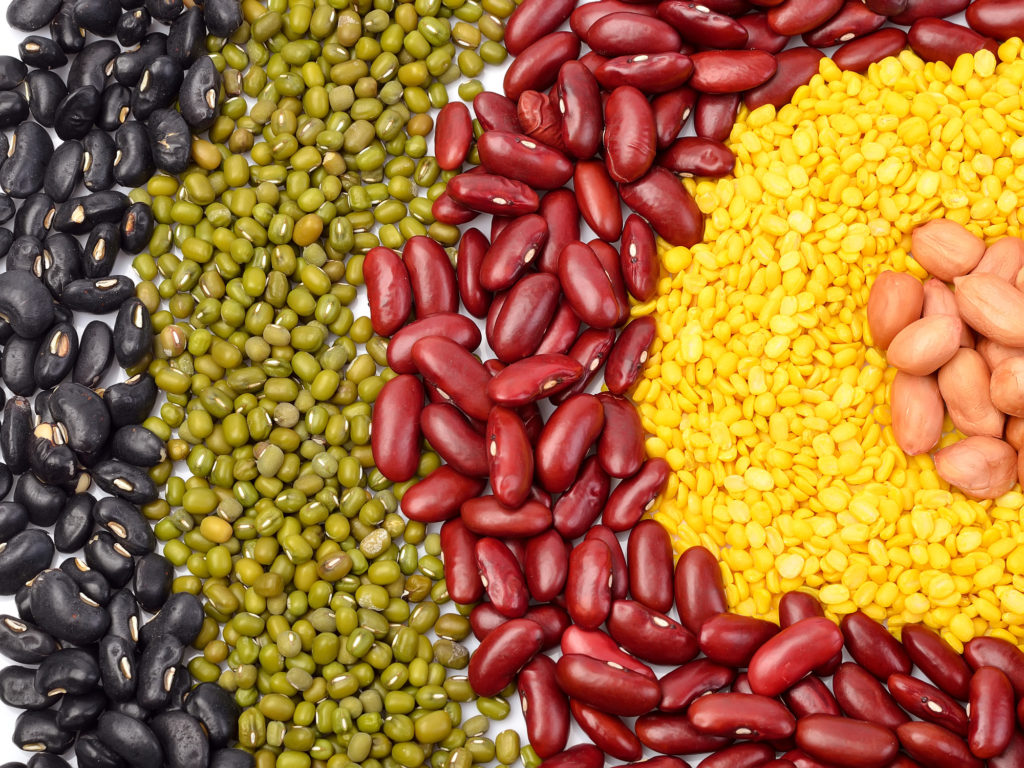
Watch portion sizes
Eating too much of even lower cost foods and beverages can add up to extra dollars and calories. Use smaller plates, bowls and glasses to help keep portions under control. Fill half your plate with fruits and vegetables and the other half with whole grains and lean meat, poultry, seafood or beans. This is an easy way to eat a balanced meal while controlling portions and cost. To complete the meal, add a glass of fat-free or low-fat milk or a serving of fat-free yogurt for dessert.
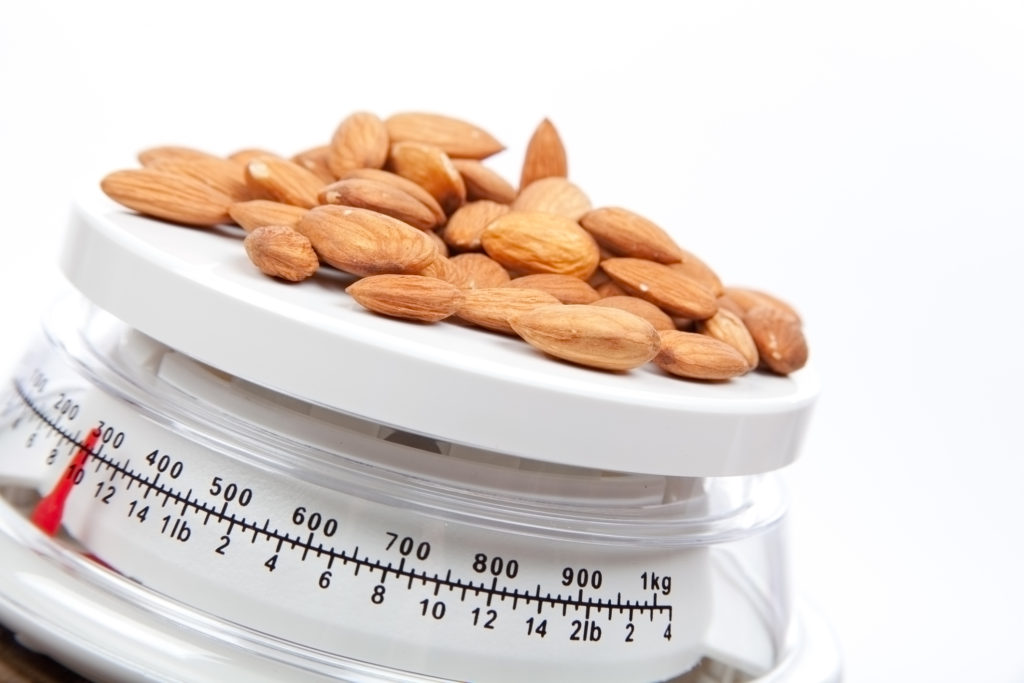
Make your own healthy snacks
Convenience costs money, so many snacks, even healthy ones, usually cost more when sold individually. Make your own snacks by purchasing large tubs of low-fat yogurt or cottage cheese and dividing them into one-cup containers. For trail mix, combine nuts, dried fruit and whole grain pretzels or cereal; store small portions in airtight containers. Air-popped popcorn and whole fresh fruits in season also tend to cost less compared to prepackaged items.
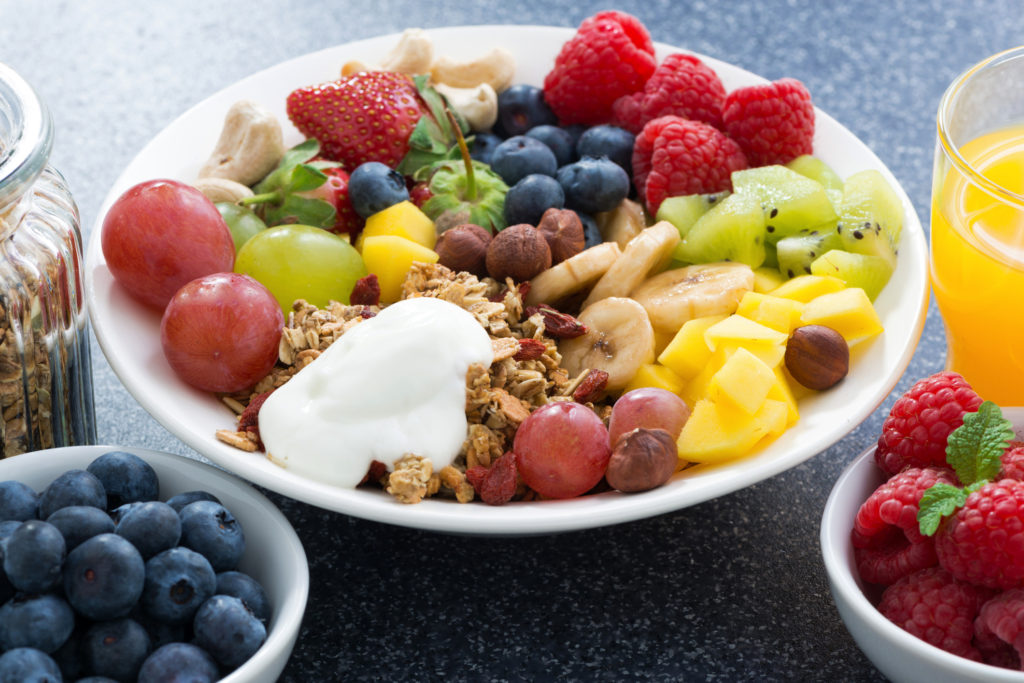
Cook more, eat out less
Many foods prepared at home are cheaper and more nutritious. Also, convenience foods like frozen dinners, pre-cut vegetables and instant rice or oatmeal will cost you more than if you make them from scratch. Go back to basics and find a few simple and healthy recipes that your family enjoys.



